Blog description in detail:
What are custom Size cardboard boxes for product shipping?
Custom sized cardboard boxes refer to boxes designed and manufactured to meet the specific needs of a particular product or shipping requirement. These boxes are made to fit the exact dimensions of the shipped item and can provide added protection and security during transit. In the UK packaging and printing market, custom size shipping boxes are widely available and can be made from a range of materials, including corrugated cardboard, solid board, and plastic. These boxes can be designed to meet various specifications, including strength, durability, and moisture resistance.
Custom size shipping boxes can be printed with branding, logos, or product information to enhance the appearance of the packaging and promote the brand. They can also be designed with additional features, such as tear strips or locking mechanisms, to ensure the contents remain secure during transit. Custom size shipping boxes are popular in the UK packaging and printing market because they offer a bespoke solution that meets each customer's unique requirements.
Importance of the right custom size of shipping boxes
Using the right custom sized box for shipping is crucial for protecting the product, reducing costs, improving sustainability, and enhancing customer satisfaction. When selecting the appropriate box size, businesses should consider the size and weight of the product, as well as any other special requirements, to ensure the best outcomes.
Protection
Using the right shipping box size ensures the product is well-protected during transit. A box that is too small may not provide enough cushioning or protection, causing the contents to be easily damaged during shipping. On the other hand, a too-large box may allow the contents to move around too much, leading to damage from shifting or impact. When the product is properly secured in the box, it is less likely to incur any damage or breakage, ensuring customer satisfaction and reducing the risk of returns or complaints.
Cost-efficiency
Selecting the right size of shipping boxes can help reduce shipping costs. Using oversized boxes for shipping can be wasteful and increase the shipping cost due to higher dimensional weight charges. Dimensional weight is a pricing technique that carriers use that accounts for the amount of space a package takes up concerning its weight. The dimensional weight and overall shipping costs can be reduced by using the right size of shipping boxes. Additionally, using the right box size can minimize the need for additional packing materials, such as bubble wrap or packing peanuts, which can add to the overall cost.
Sustainability
Using the right size of shipping boxes can also help improve sustainability. Oversized boxes lead to the unnecessary use of packing materials, increasing the amount of material waste. This can be detrimental to the environment, contributing to waste in landfills. By using the right size of shipping boxes, businesses can reduce the amount of waste generated and minimize their environmental impact.
Customer satisfaction
Properly sized shipping boxes can also enhance customer satisfaction. Customers expect their products to arrive in good condition, and well-fitting boxes ensure that the items are delivered safely without any damage. This leads to positive reviews, repeat business, and referrals, which are all essential for business success.
How to determine the right size for your cardboard box?
To determine the right size of your cardboard box, consider the size and weight of the item you are shipping and any additional packaging materials you plan to use. Here are the steps you can follow to determine the right size for your cardboard box:
Measure the item
Measure the length, width, and height of the item you ship. Be sure to measure the largest dimensions of the item to ensure that the box will fit properly.
Add space for packaging materials.
Once you have measured the item, add extra space for any packaging materials you plan to use, such as bubble wrap or packing peanuts. This will ensure that the item is well-protected during shipping.
Choose an appropriate box size.
Based on the measurements of the item and the extra space needed for packaging materials, select a box that is the appropriate size. Choose a box slightly larger than the item to allow for adequate protection and packing materials but not so large that the item will move around and be damaged during shipping.
Consider weight limits
Be sure to consider the weight limits of the shipping method you plan to use and any weight restrictions of the carrier you use. If the box is lighter, it may incur additional fees or be accepted by the carrier.
Test the box
Once you have selected a box, test it to ensure it is the right size for your item. Place the item inside the box with any packaging materials and shake the box gently to ensure that the item does not move around too much. Consider adding more packaging materials or choosing a smaller box if it does.
What are the standard sizes available for custom size corrugated shipping boxes in the UK?
In the UK, many standard sizes are available for shipping boxes, ranging from small to large. Here are some of the most common sizes:
Small shipping boxes
These boxes are commonly used for shipping small items that require a small amount of packaging. The standard sizes for small shipping boxes are around 15cm x 15cm x 15cm or 20cm x 20cm x 20cm. Small shipping boxes are ideal for jewellery, cosmetics, or electronic devices. They are also popular for sending small gifts, such as a birthday or thank-you gifts. Small shipping boxes can be made from different materials, such as cardboard or corrugated board, in various colours and designs.
Medium shipping boxes
These boxes are commonly used to ship slightly larger items that require more protection than small ones. The standard sizes for medium shipping boxes are around 30cm x 30cm x 30cm or 40cm x 40cm x 40cm. Medium shipping boxes are ideal for books, small appliances, or clothing. They are also popular for sending slightly larger gifts, such as home decor items or kitchenware. Medium shipping boxes can also be made from different materials, such as cardboard or corrugated board, and they are available in various colours and designs.
Large shipping boxes
These boxes are commonly used for shipping larger items that require more protection than medium items. The standard sizes for large shipping boxes are around 50cm x 50cm x 50cm or 60cm x 60cm x 60cm. Large shipping boxes are ideal for electronics, toys, or kitchen appliances. They are also popular for sending larger gifts, such as sports equipment or home entertainment. Large shipping boxes are typically made from corrugated board, which provides greater strength and durability for heavier items.
Extra-large shipping boxes
These boxes are commonly used for shipping very large or bulky items that require the most protection during transport. The standard sizes for extra-large shipping boxes are around 70cm x 70cm x 70cm or 80cm x 80cm x 80cm. Extra-large shipping boxes are ideal for furniture, large appliances, or automotive parts. They are also commonly used for industrial or commercial shipping needs. Extra-large shipping boxes are typically made from heavy-duty corrugated board, providing maximum transport protection. They are also available with additional features, such as handles or reinforced corners, to make lifting and handling easier.
Mistakes to avoid while sizing a shipping box?
Here are some common mistakes to avoid when sizing custom size corrugated boxes.
Choosing a box that is too small
One of the most common mistakes when sizing a shipping box is choosing a box that is too small for your item. This can lead to damage during transit as there may need to be more space to cushion the item properly. It is important to measure your item carefully and choose a box that is slightly larger than the item to allow for cushioning material. When selecting a shipping box, consider the dimensions of your item and the thickness of any cushioning material you plan to use.
Choosing a box that is too large
Another common mistake is choosing a box that is too large for your item. This can lead to increased shipping costs and an increased risk of damage during transit. Oversized boxes may also shift around, causing damage to the item inside. When selecting a shipping box, choose one that is just the right size for your item, with enough room for cushioning material but not so much that the item can shift inside.
I am not considering the weight of the item.
Your item's weight should be considered when selecting a shipping box. Heavy items may require a box with thicker walls to provide adequate protection. When selecting a shipping box, consider the weight of your item and the dimensions to ensure that the box is strong enough to support the item's weight and any additional cushioning material.
Neglecting to consider the fragility of the item
Fragile items such as glassware or electronics require extra cushioning and protection during transport. When selecting a shipping box, choose one that is strong enough to support the weight of your item and has enough room for cushioning materials such as bubble wrap or packing peanuts. Consider using additional layers of cushioning material or speciality packaging, such as foam inserts, to provide extra protection for fragile items.
Not considering the mode of transport.
Different modes of transport may require different types of packaging materials. For example, air shipping may require lighter-weight packaging to reduce shipping costs, while ground shipping may require stronger packaging to withstand rough handling. When selecting a shipping box, be sure to check with your shipping carrier to determine any specific packaging requirements based on the mode of transport.
Ignoring packaging regulations
Some items may be subject to specific packaging regulations, such as hazardous materials or perishable items. When selecting a shipping box, check with your shipping carrier to determine any specific packaging requirements for your item. Failure to comply with packaging regulations can result in fines or penalties and damage to your item during transport.















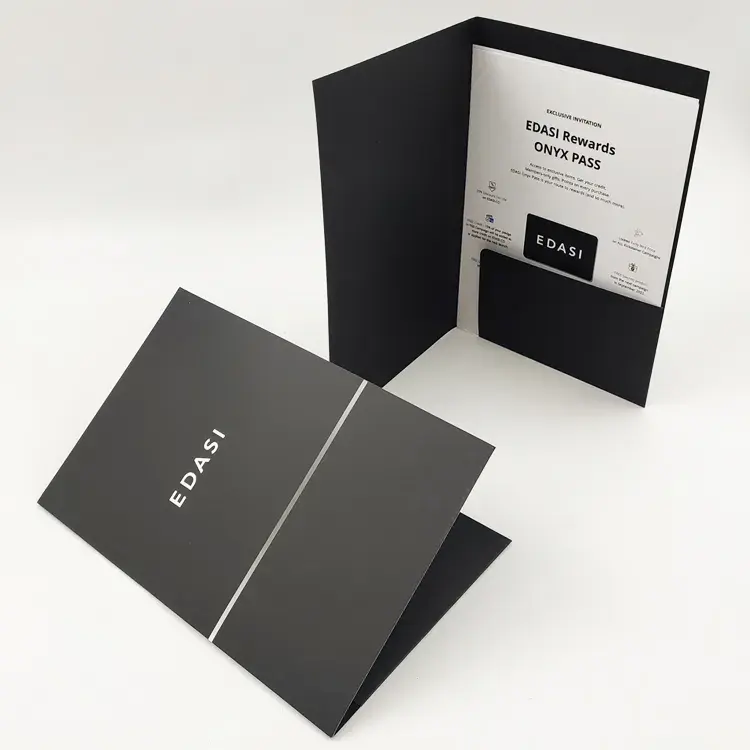




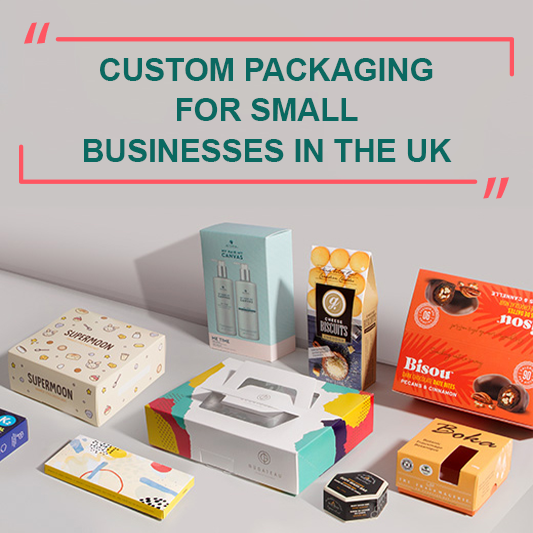
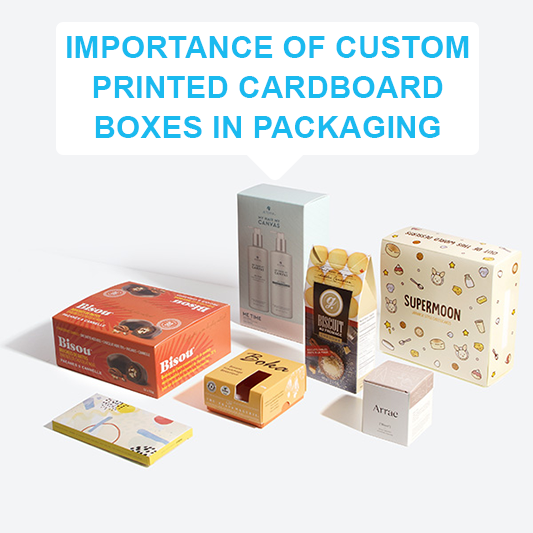

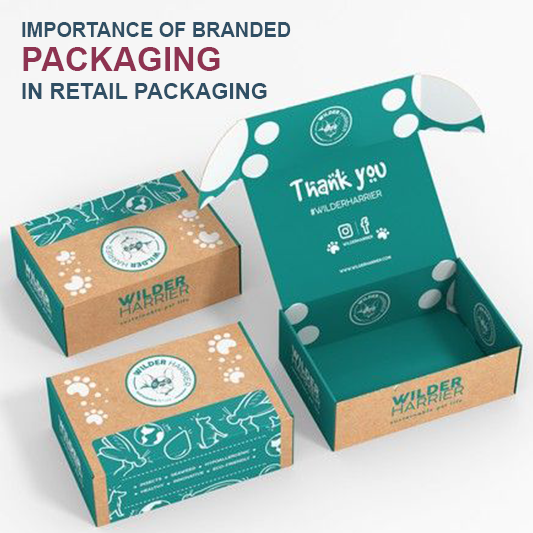

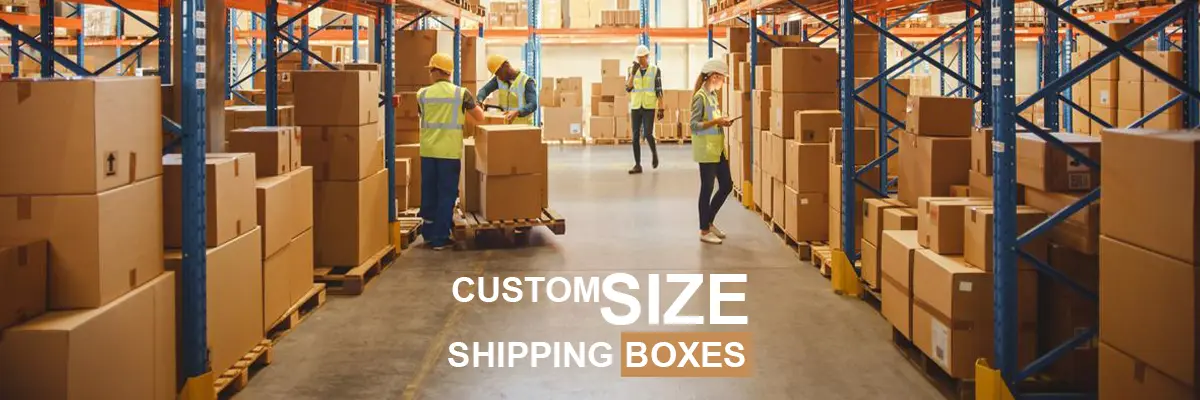

Your email address will not be published. Required fields are marked